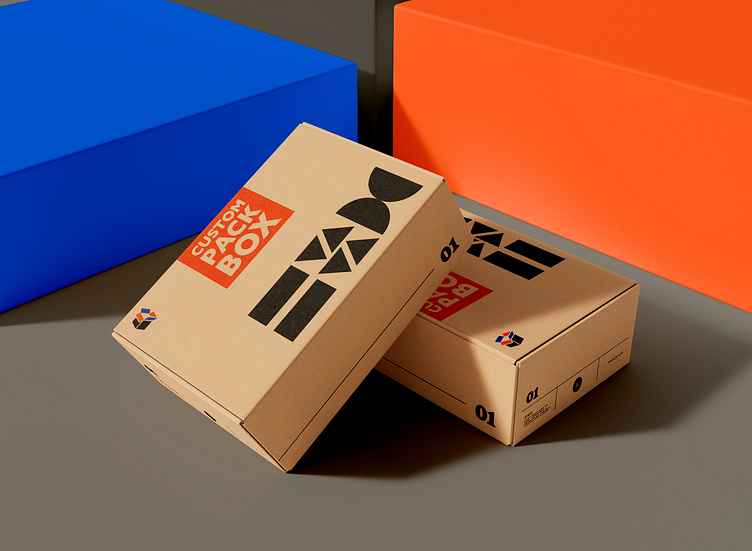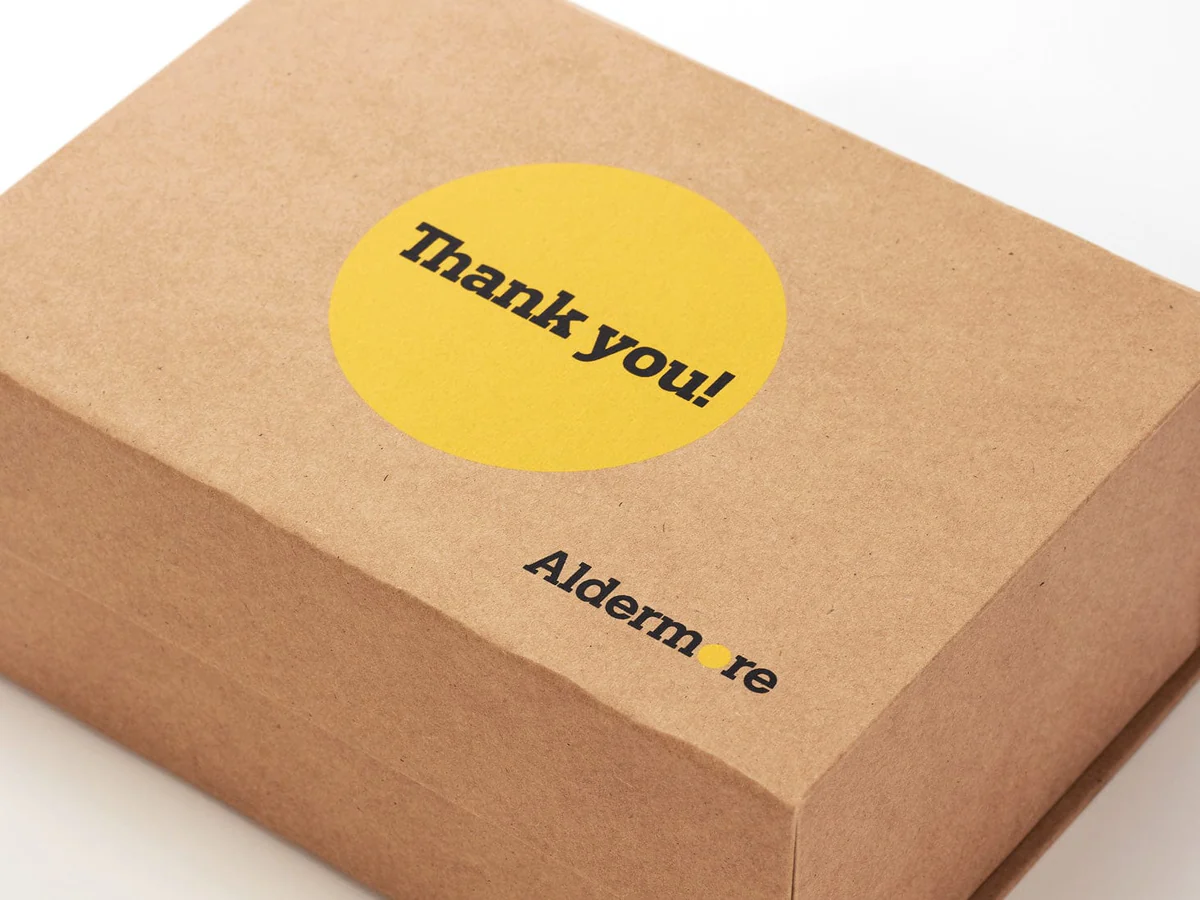Printing white ink on kraft paper can be a challenging process, and there are several reasons for this difficulty:
- Absorbency: Kraft paper is a highly absorbent material, which means that it tends to absorb ink quickly. This can make it difficult to achieve a consistent and opaque layer of white ink on the surface of the paper, as the ink may be absorbed into the fibers of the paper before it has a chance to dry. It often happens that the whiteness just after printing is close enough to the ink white. Over time, the white ink is gradually absorbed by the kraft paper, and the color of the white ink fades. The degree of presentation of the design effect is greatly reduced.
- Texture: Kraft paper has a rough and porous texture, which can make it difficult for the white ink to adhere to the surface of the paper. This can result in a streaky or uneven print, as the ink may not be able to spread evenly across the surface of the paper.
- Color: The natural color of kraft paper is a light brown or tan color, which can affect the appearance of white ink when it is printed on the surface of the paper. The natural color of the paper can give the white ink a yellowish or brownish tint, which can detract from the crisp, clean look that is often desired in white ink printing.
- Ink formulation: The formulation of white ink can also affect its ability to adhere to kraft paper. Some types of white ink may be more suitable for use on kraft paper than others, depending on their viscosity, pigment concentration, and other factors.
To address these challenges, there are several techniques that can be used to improve the quality of white ink printing on kraft paper. For example, printers may use a denser white ink that contains a higher concentration of pigment, which can help to ensure that the ink remains opaque and vibrant on the surface of the paper. They may also use a higher mesh screen when printing, which can help to reduce the amount of ink that is absorbed into the paper. Additionally, printers may use a pre-treatment process that involves applying a coating or primer to the surface of the paper before printing, which can help to improve the adhesion of the ink to the surface of the paper.
In summary, printing white ink on kraft paper can be a challenging process due to the absorbency, texture, color, and ink formulation of the paper. However, by using specialized techniques and materials, printers can achieve high-quality and visually appealing white ink prints on kraft paper.
SIUMAI packaging uses white UV ink for kraft paper packaging printing. The ink is cured by UV light the moment it is attached to the paper. It largely prevents kraft paper from absorbing ink. Present the artistic effect of design better in front of customers. We have accumulated rich printing experience for white ink printing on kraft paper. Welcome customers to come to consult.
Email:admin@siumaipackaging.com
Post time: Apr-20-2023







